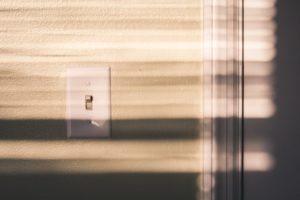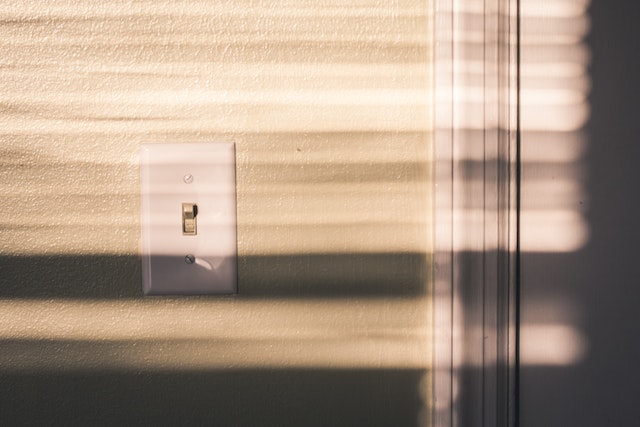What is Exposure and Response Prevention and How Can It Cure Your OCD?
Have you been seeking out treatment for Obsessive-Compulsive Disorder (OCD) and are looking for solutions?
One possibility is utilizing exposure and response prevention. Although this is not an easy treatment, it does hold the promise of finding relief from OCD long-term.
Consider for a moment how that is possible.
 What is Exposure and Response Prevention?
What is Exposure and Response Prevention?
Exposure and response prevention is an innovative concept. It requires that instead of trying to avoid whatever triggers a compulsion, you must instead face it head-on. This is actually the opposite reaction for so many people who have OCD.
When faced with a situation where they must interact with whatever causes stress, most OCD sufferers will either try to avoid the situation at any cost or practice their self-soothing ritual to relieve the anxiety and move forward.
The idea of facing the situation instead is for you to learn that there is, in fact, no real danger. Over time, as you are exposed to the trigger longer time periods, your stress levels will go down. Eventually, your need to self-sooth decreases as well.
Working With a Therapist
The other part of exposure and response prevention is cognitive behavioral therapy (CBT). You and a therapist discuss what you are feeling and experiencing either in the moment while you are being exposed to your trigger or after the fact. By processing those feelings you can bring closure to the anxiety that comes with OCD.Also, your therapist carefully guides you through the process and does not “throw you off the deep-end,” so to speak. Instead, they work with you on whatever causes the even mildest of OCD symptoms. As you successfully address each symptom, you move on to the harder ones.
How does this work in practice?
For instance, let’s say that you struggle with the fear of germs and becoming sick. Thus you avoid touching certain items, such as a door handle in a public building or the flushing handle on the toilet. After talking it over with your therapist, you decide that the easier problem to work on is the doorknob, while the toilet lever causes you more stress.
So you begin by holding the doorknob for a period of time and refrain from washing your hand. Then, you continue doing this for longer periods of time until you no longer feel anxiety. Finally, you move on to the next problem.
What Are the Advantages of This Therapy?
There are several advantages to participating in exposure and response prevention therapy. For example:
- Starting slowly, you begin to confront those fears.
- Throughout the process, you have the support of a therapist to help you.
- In time, you develop a thorough understanding of what causes the anxiety to occur.
The process for exposure and response prevention therapy is very intentional with the desire to help you to not have to continue experiencing OCD symptoms.
What Else Will You Get Out of This Therapy?
Often when a person experiences OCD, their brain gets hijacked, thinking that they are at risk or in some kind of danger when, in reality, they are not. In therapy, besides confronting your OCD, you also learn powerful coping skills. These coping skills can help you combat your anxiety and not spiral out of control. Rather, you know how to stay present so that you can better deal with the issue at hand.
Undoubtedly, you don’t have to live your life under the control of OCD. Exposure and response prevention therapy holds the promise that you can don’t need the rituals or self-soothing practices you’ve been relying on at all. Instead, with the help of a therapist, you can learn that you are in no danger, face those problems head-on, and beat OCD.
Questions, Concerns, Thoughts?
I invite you to call me for a free 15 – minute phone consultation to discuss your specific needs and to answer any questions you have about anxiety, treatment and my practice. Please visit my website @ www.theanxietydocseattle.com or call me directly @ (206) 745-4933.
Read more about Cognitive Therapy.

